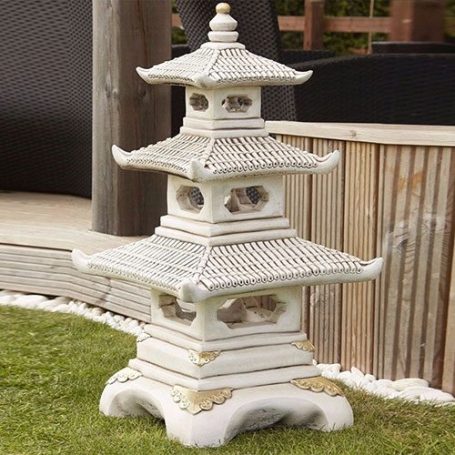
Welcome to Blackburn House Koi, Cumbria's premier Japanese Koi Dealer
Oriental Ornaments
Oriental garden ornaments add a unique charm and aesthetic appeal to outdoor spaces, blending the serenity of Eastern design with Western gardening traditions. These exquisite pieces, which often feature intricate carvings and vibrant glazes, can transform a simple garden into a tranquil retreat. From delicate pagodas and stone lanterns to serene Buddha statues, each ornament contributes to a sense of peace and harmony, echoing the principles of Feng Shui. Incorporating such elements into a British garden not only enhances its visual allure but also invites a moment of reflection and connection with nature, making these ornaments a delightful addition for any gardening enthusiast.



